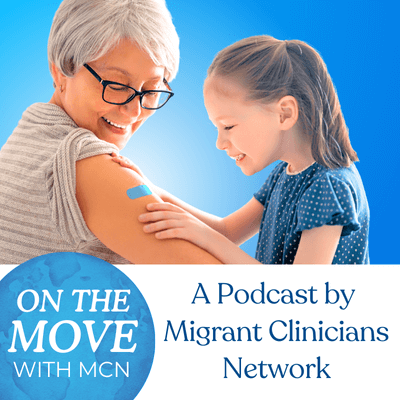Do Health Centers Work?

This week, community health centers around the country will celebrate National Health Center Week with community health fairs, advocacy efforts, and open houses. There will be a lot of fanfare about what health centers are and who they serve, but do they really work? Here, we take a peek at a few recent journal articles on the efficacy and efficiency of Federally Qualified Health Centers, health care access sites around the country that receive Section 330 funding from the Health Resources and Services Administration. Turns out, there’s a lot to health centers that we can celebrate.
- Health centers don’t just save lives… they save money. A 13-state study published in the American Journal of Public Health last year found that health centers save 24 percent per Medicaid patient when compared to other providers. That pencils out to $2,371 per patient on average. A policy research brief published in June 2017 looked specifically at children’s health, finding that health centers save 35% per child compared to other providers.
- Health centers outperform private practice physicians on quality measures. Numerous studies in recent years have shown that health centers perform better than their private practice counterparts. An April 2017 study on hypertension control in primary care found that health centers successfully reduce disparities in Medicaid patients receiving new medications for uncontrolled hypertension, as compared to patients at private practices with non-Medicaid insurance.
- Community Health Centers + Medicaid Expansion = Improved Quality of Care. It’s been a few years since Medicaid expansion brought significant decreases in the uninsured rate, and brought thousands of new patients into the Federally Qualified Health Center system around the country. A January 2017 article on a study of the expansion and its effect on patients served at FQHCs found that, while the increase in the number of patients served was somewhat similar in expansion and non-expansion states, “Medicaid expansion was associated with improved quality on four of eight measures examined: asthma treatment, Pap testing, body mass index assessment, and hypertension control.” The authors say their analysis suggests that “states’ decisions about Medicaid expansion have important consequences for health center patients, with expansion improving treatment and outcomes of chronic disease and bolstering the use of recommended preventive services.”
- Health centers serve the most vulnerable. And it’s likely that we all know someone who has gone to a health center; one in 13 people in the US have sought services at a health center. But check out these additional stats from the National Association of Community Health Centers (NACHC): the vast majority are poor, with 92 percent of patients categorized as low income. One out of every three people below the Federal Poverty Level are health center patients. Of the 25 million people who were patients at a health center, 1.2 million were experiencing homeless, 900,000 were migratory agricultural workers, and 300,000 were veterans.
- But we still have work to do -- plenty of people still lack access to care. NACHC estimates that 62 million people have no or limited access to primary care because of shortages in physicians in their communities, despite the health centers’ dedication to operating in medically underserved areas and the system’s expansion over recent years. Still millions more lack access to care because of social and geographic barriers like language and culture, documentation, transportation, cost, mobility, and more.

America's Health Centers infographic by nachc.org
So, do health centers work? There continues to be compelling evidence in peer-reviewed journals and through the analysis of utilization data that the health center system is indeed meeting its mission of delivering comprehensive, culturally competent, high-quality primary health care services to the underserved around the country. This week, we celebrate our successes and look forward to the years of hard work we have ahead of us, in continuing to serve America’s underserved.
Like what you see? Amplify our collective voice with a contribution.
Got some good news to share? Send it to us via email, on Facebook, or on Twitter.
Return to the main blog page or sign up for blog updates here.
- Log in to post comments






